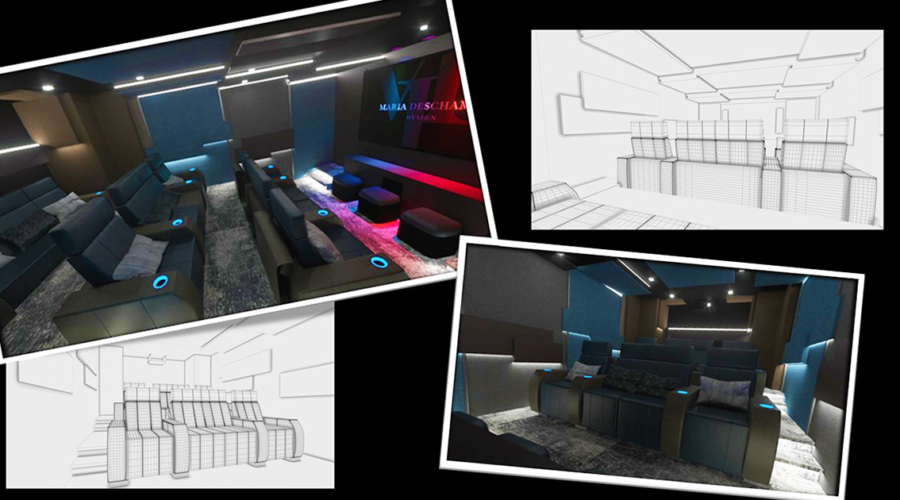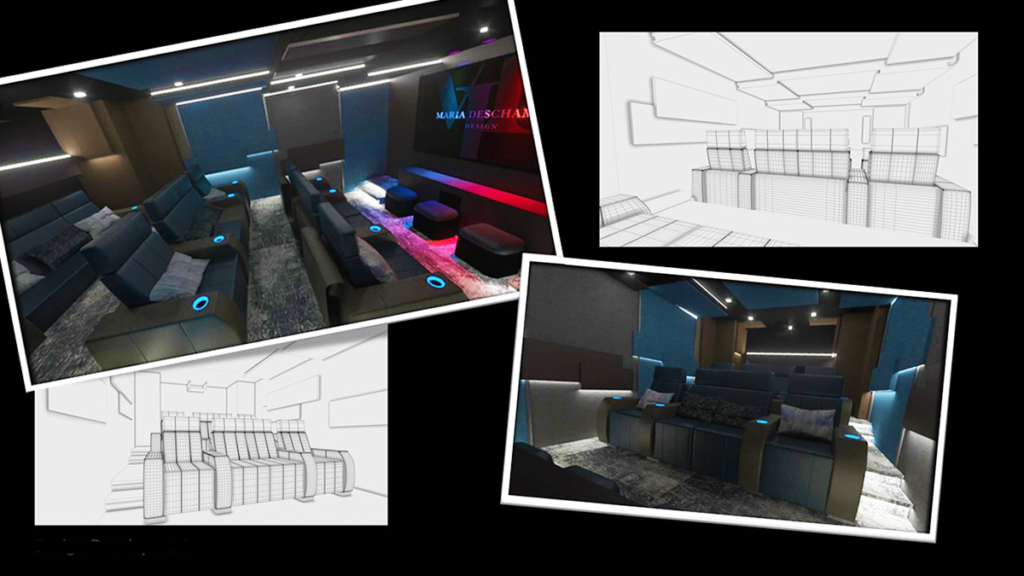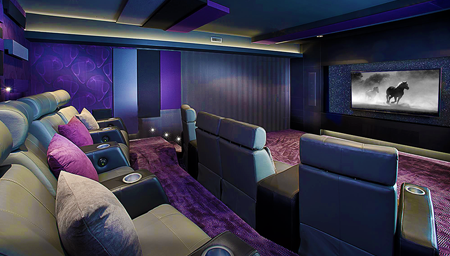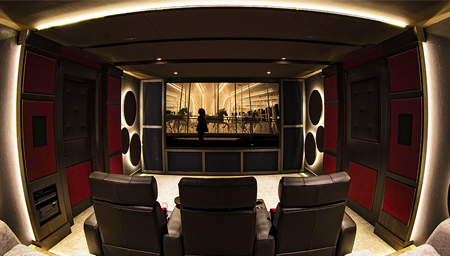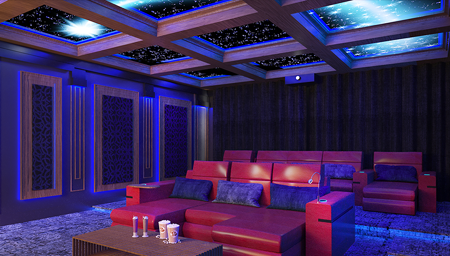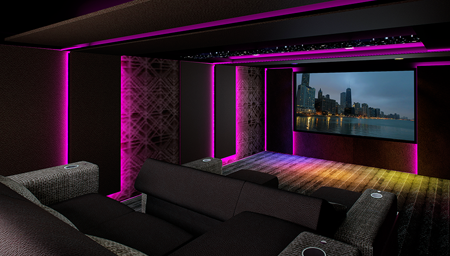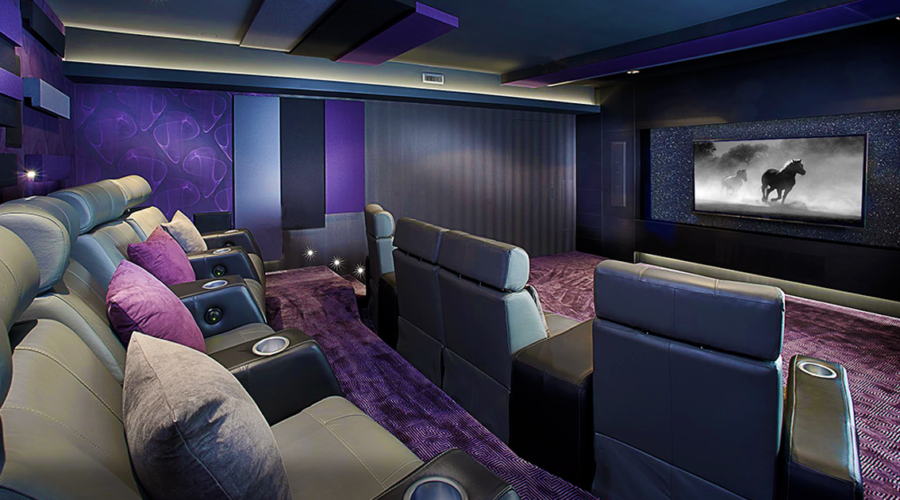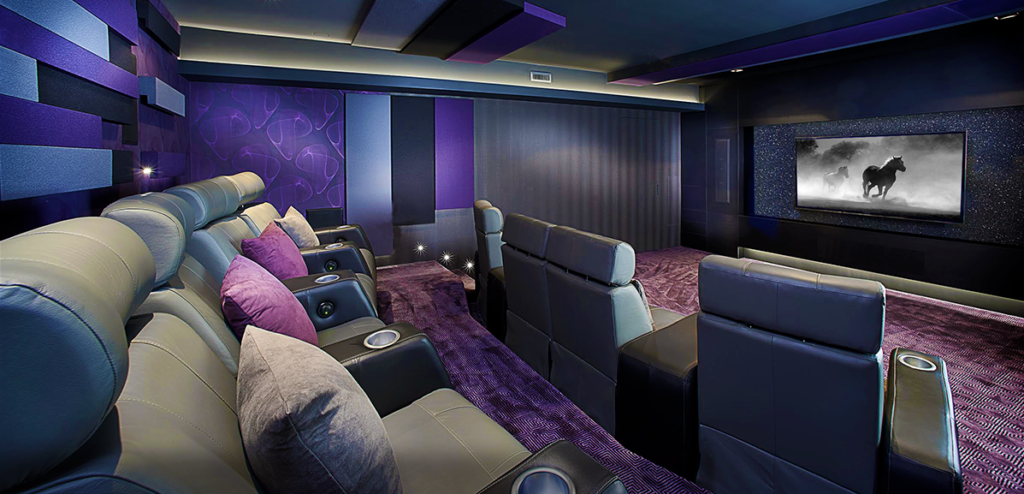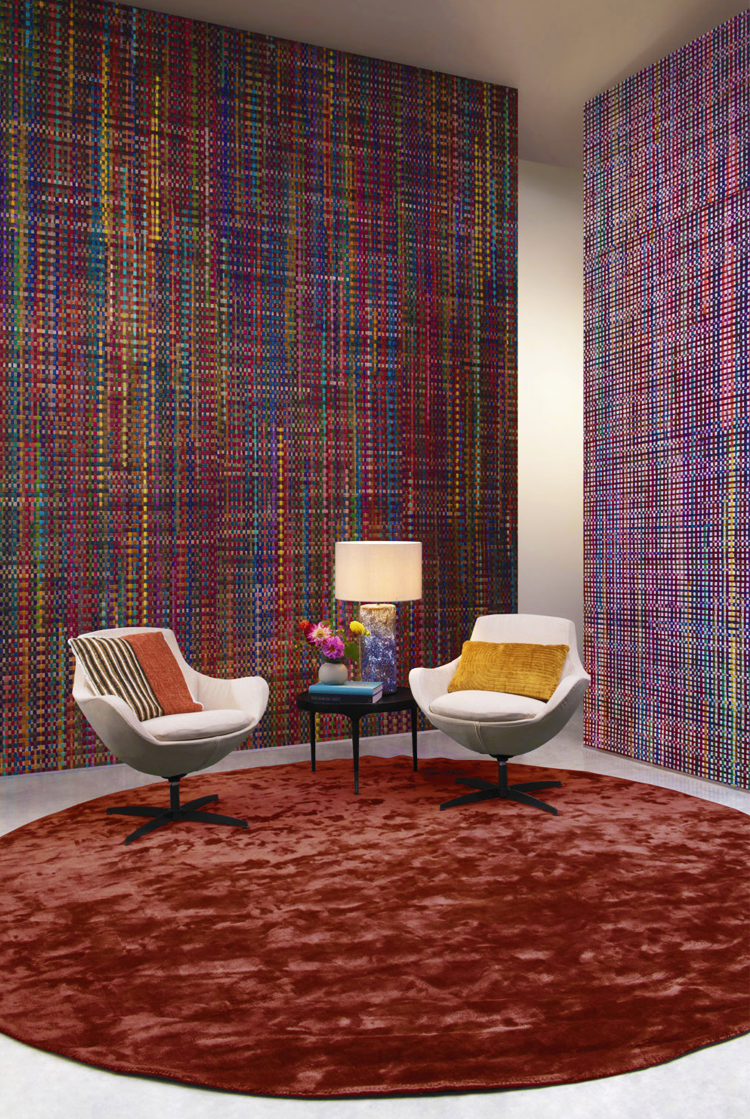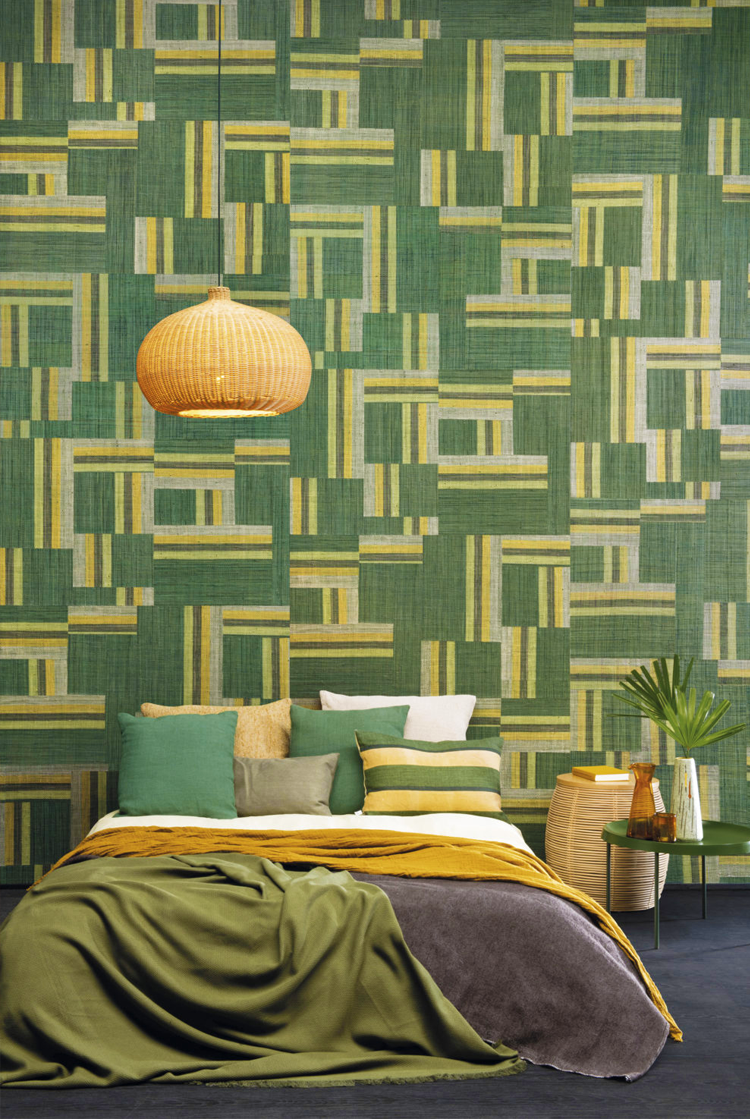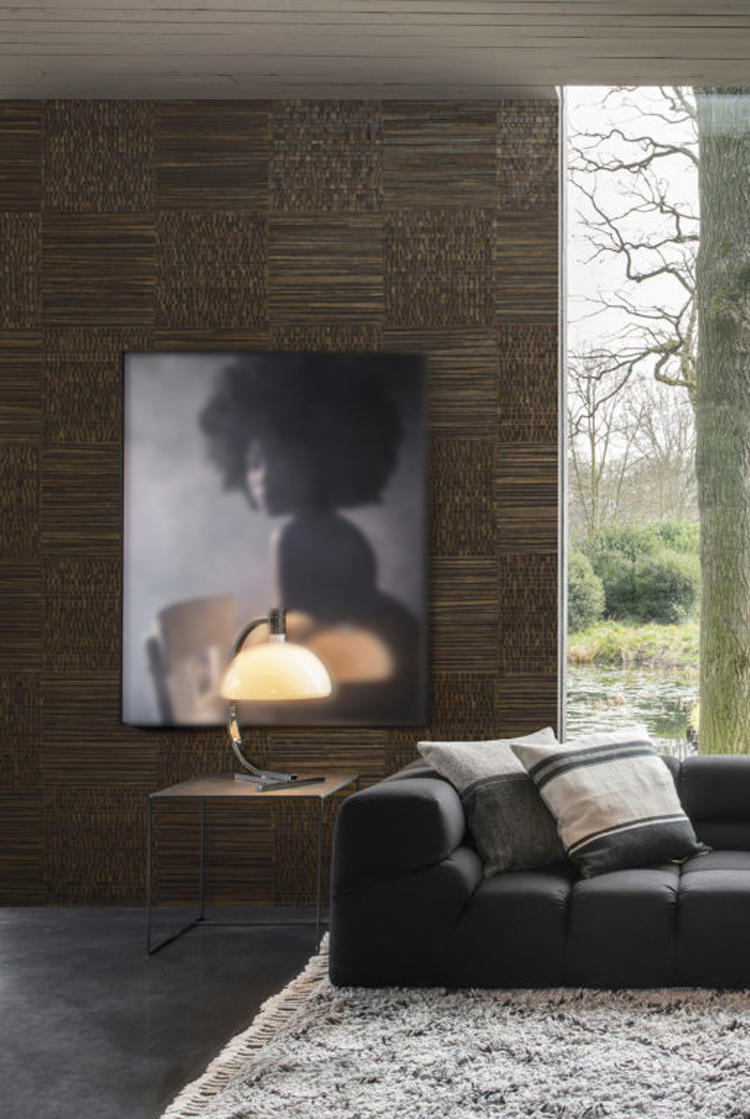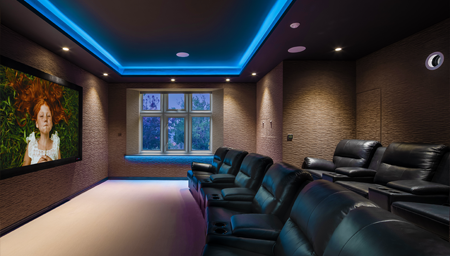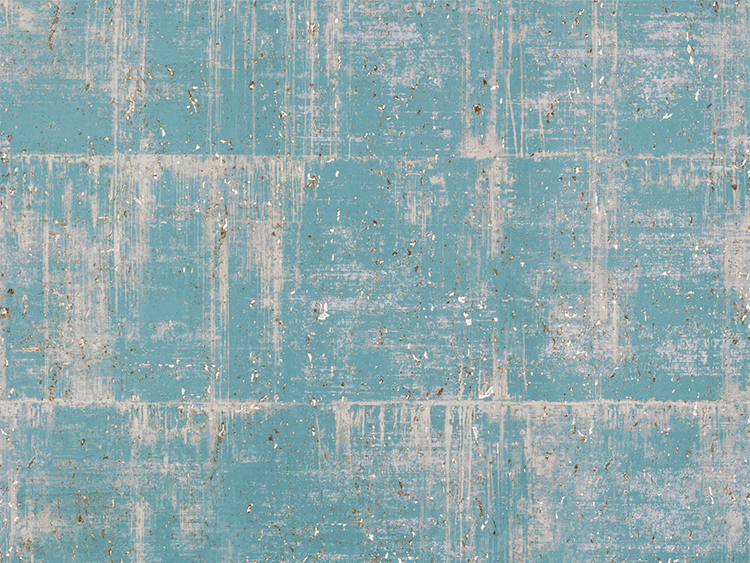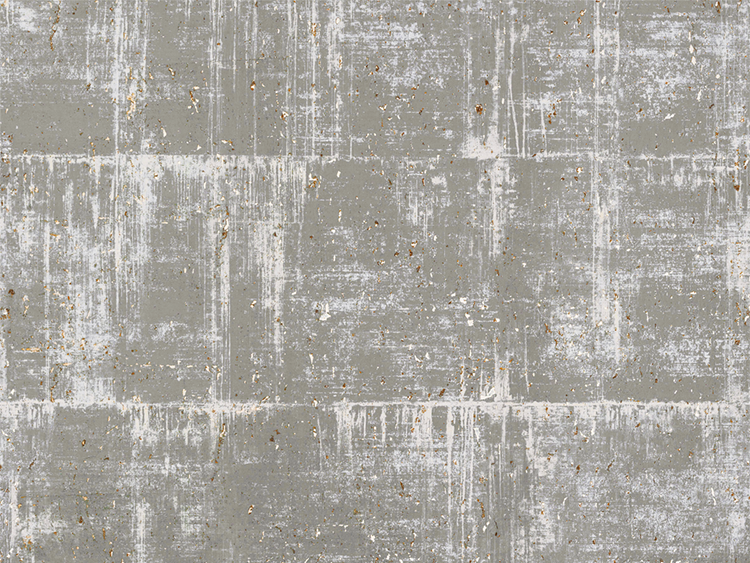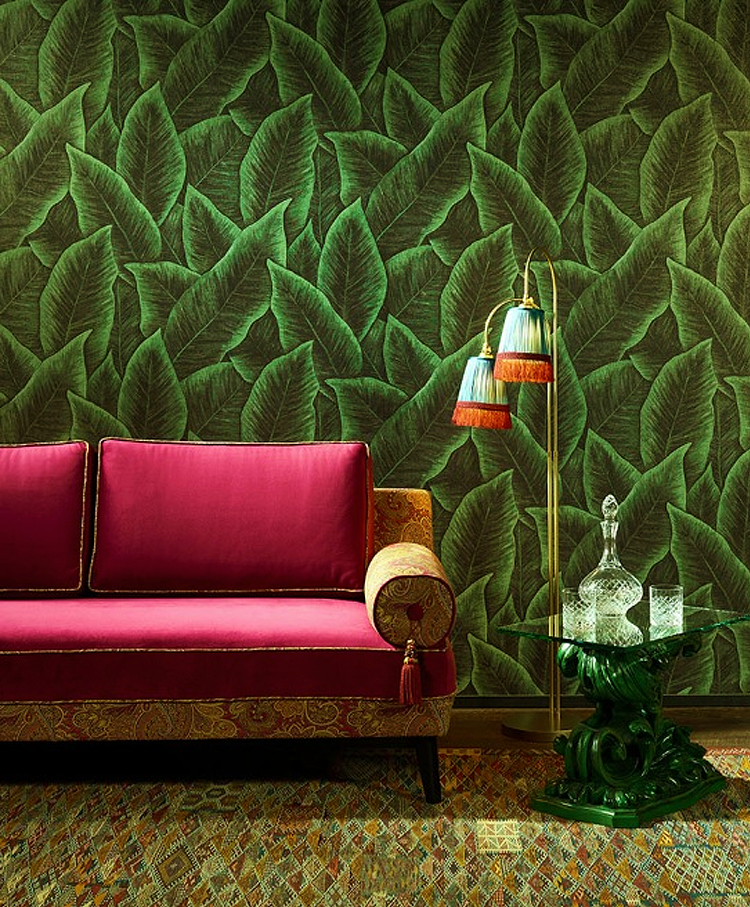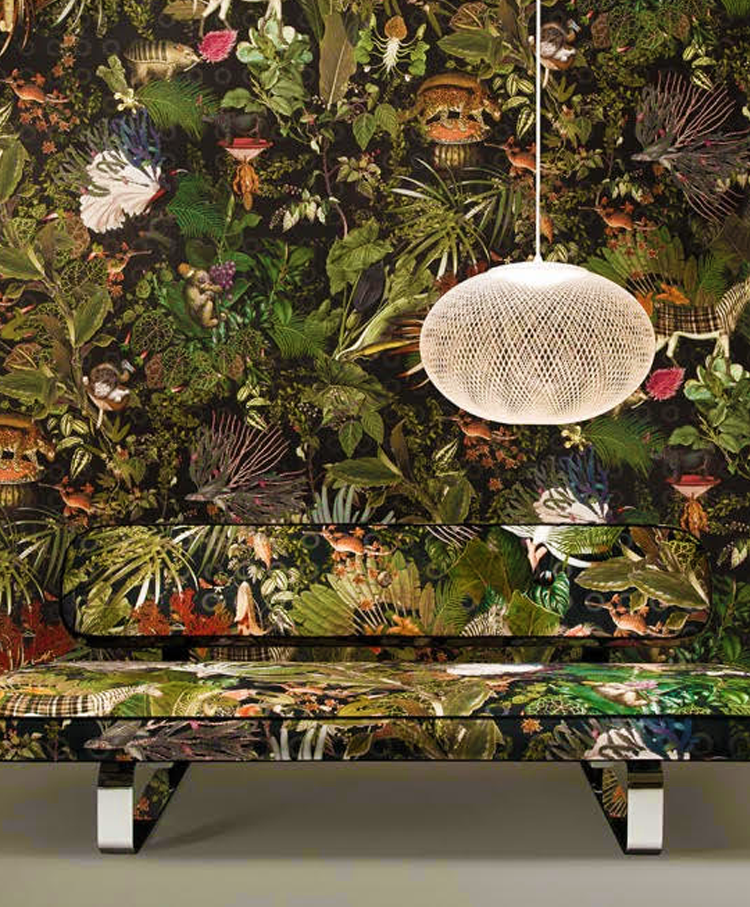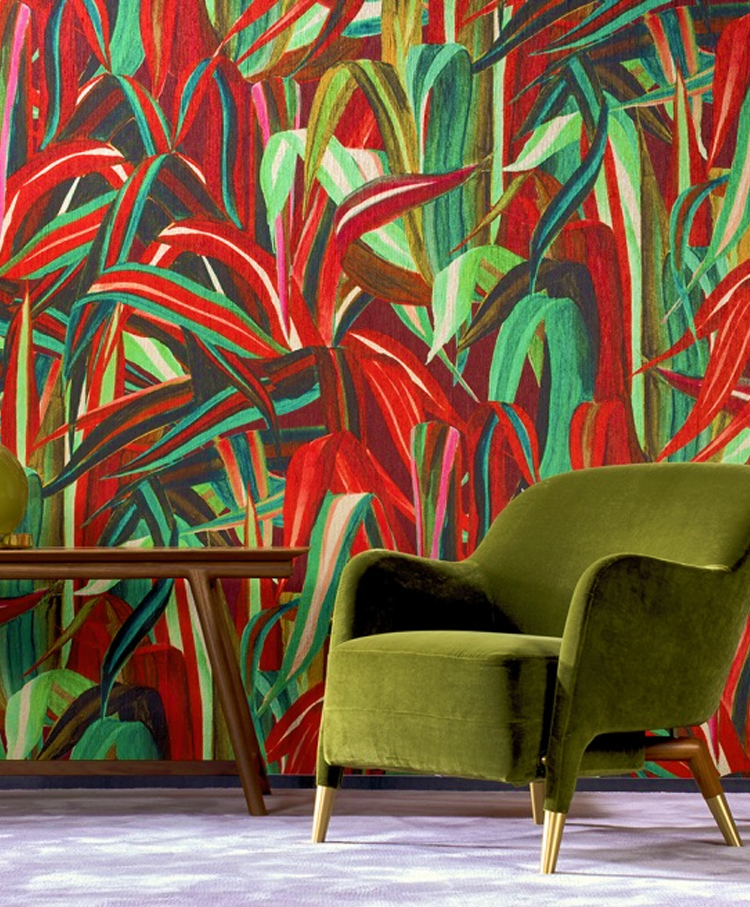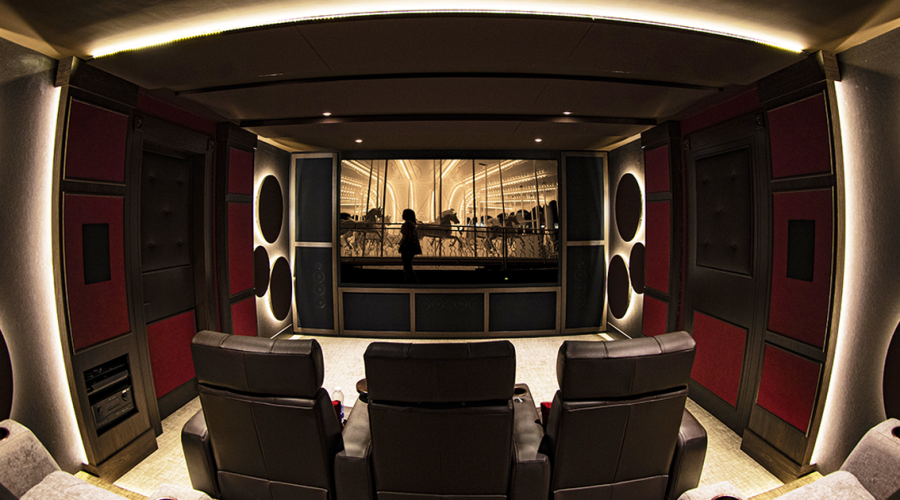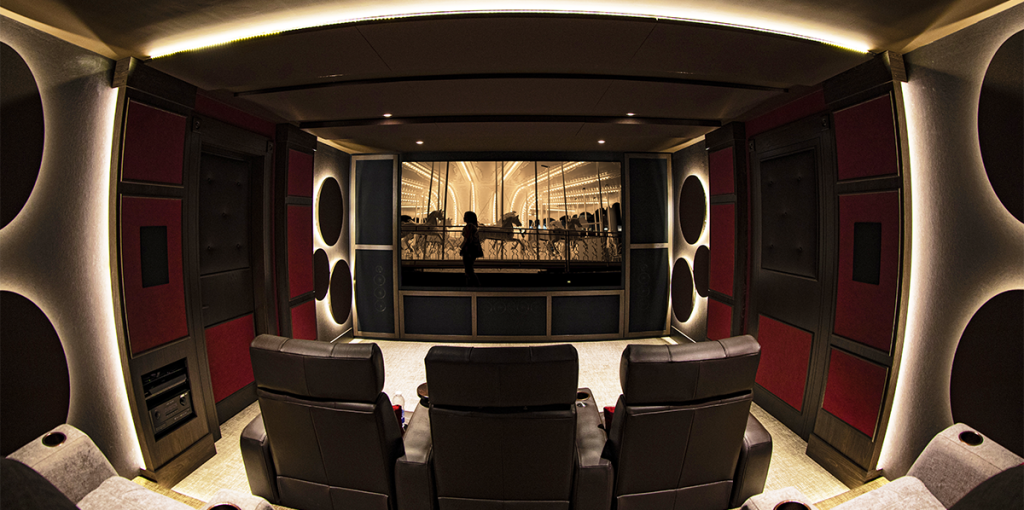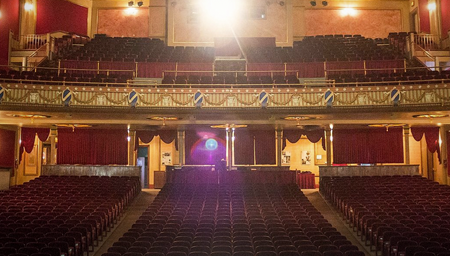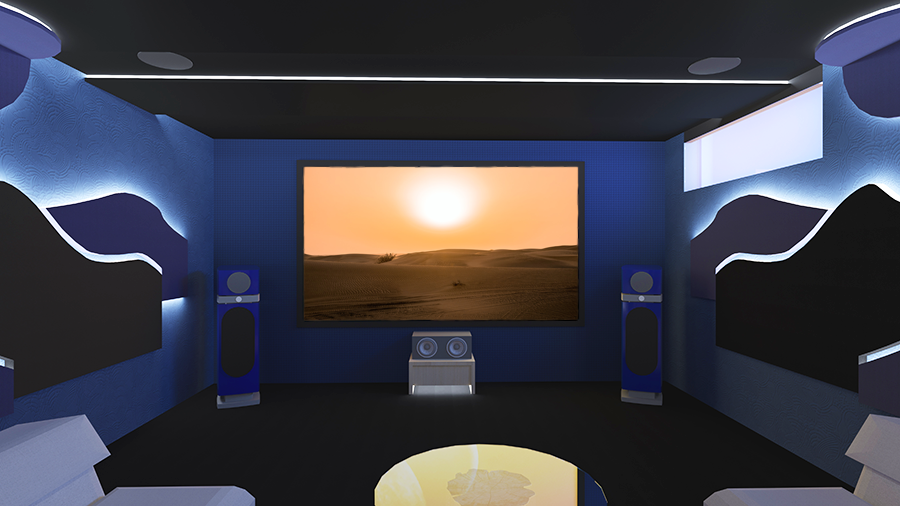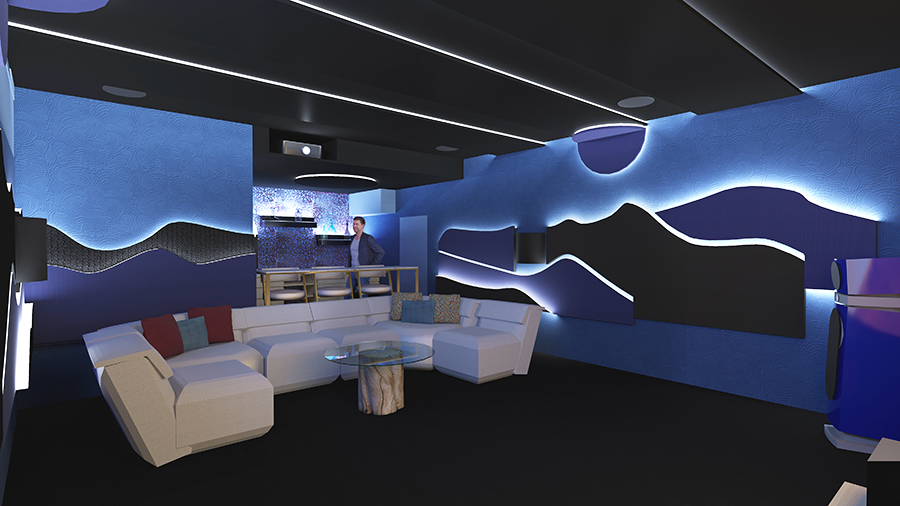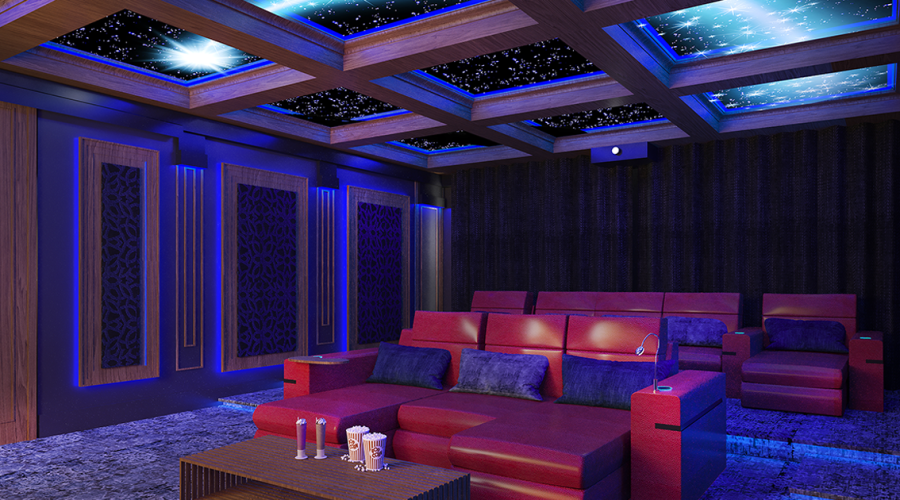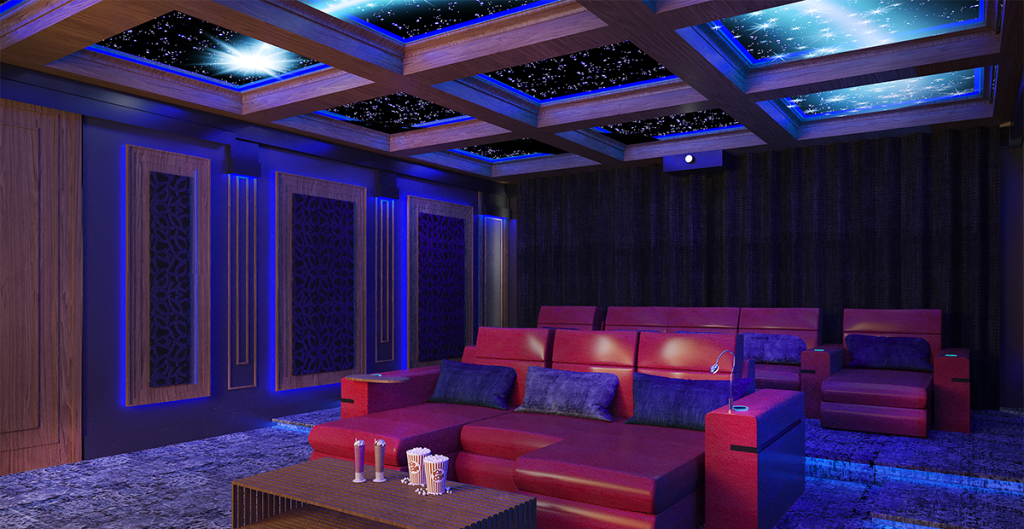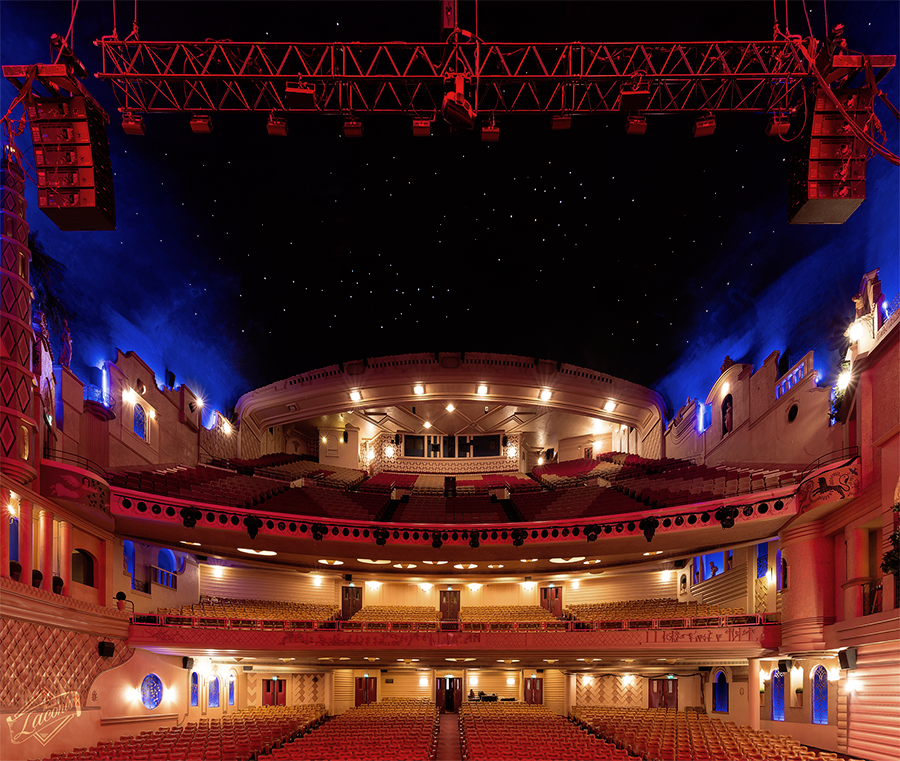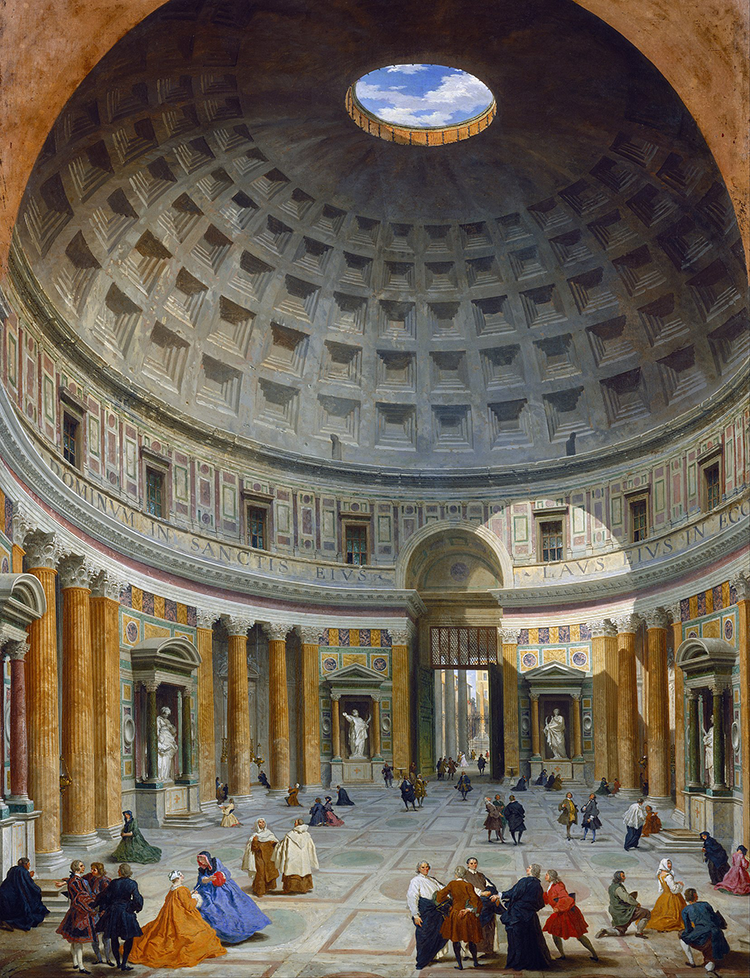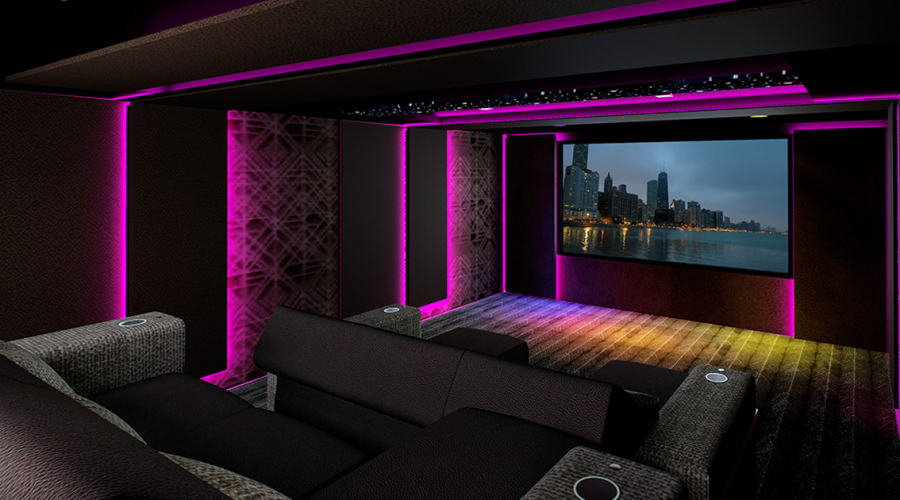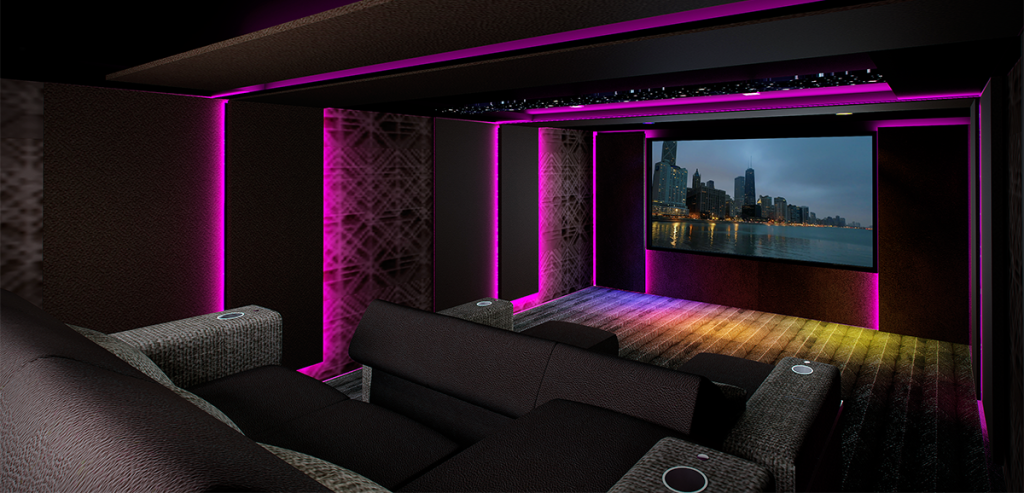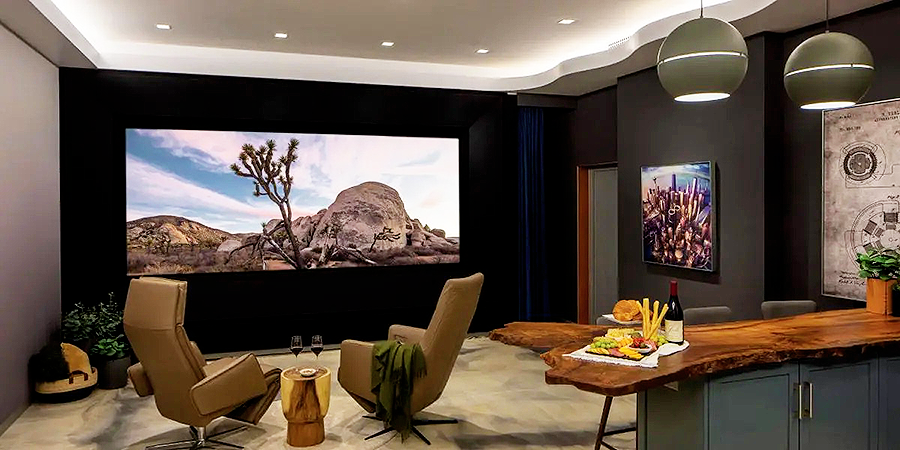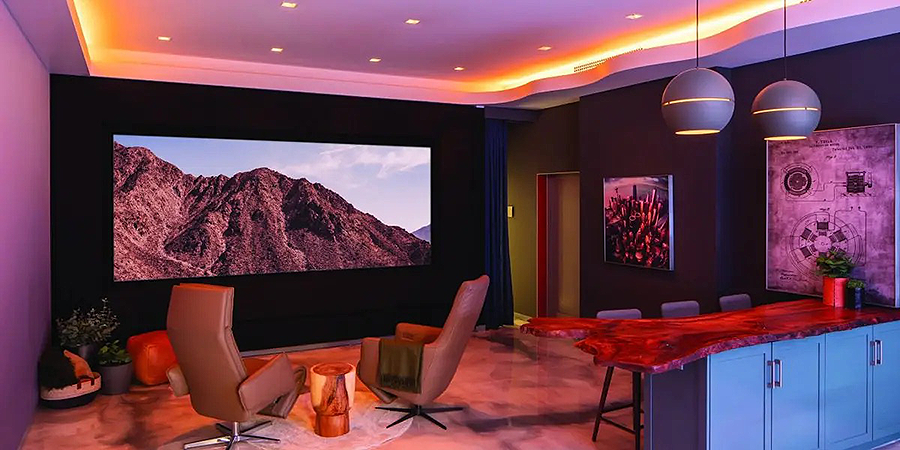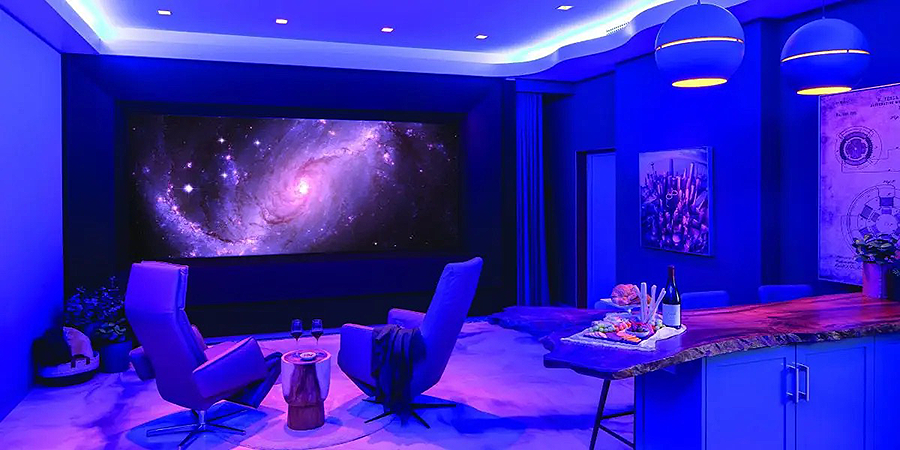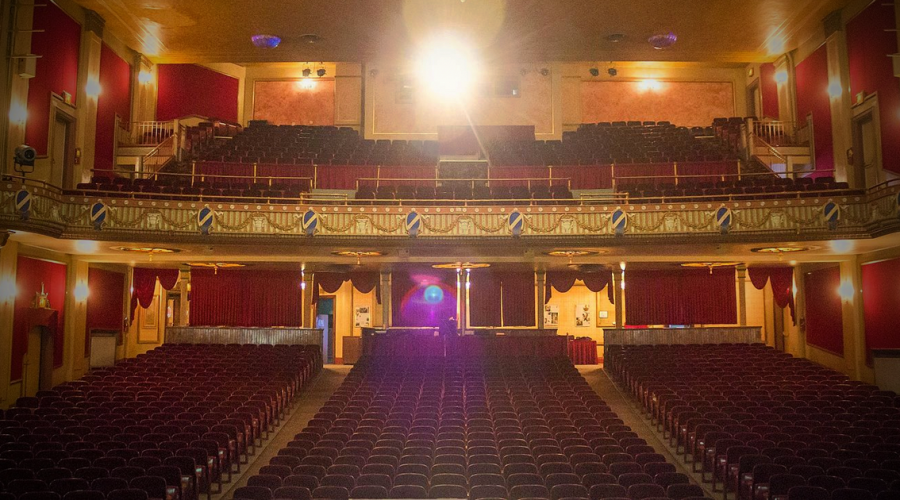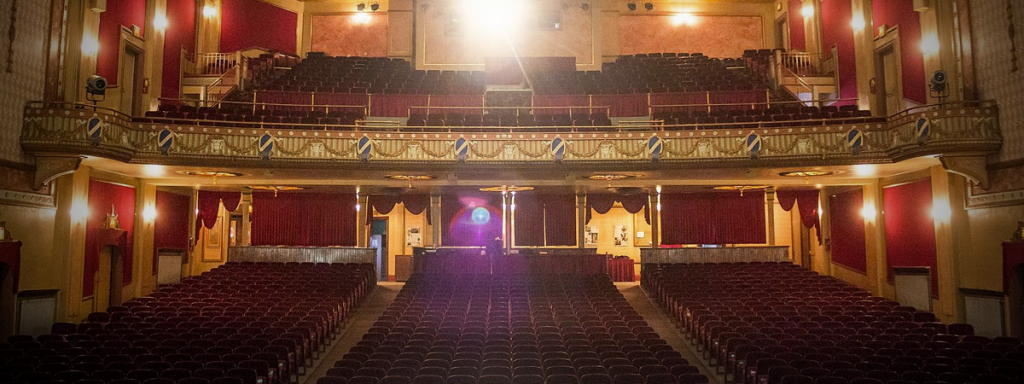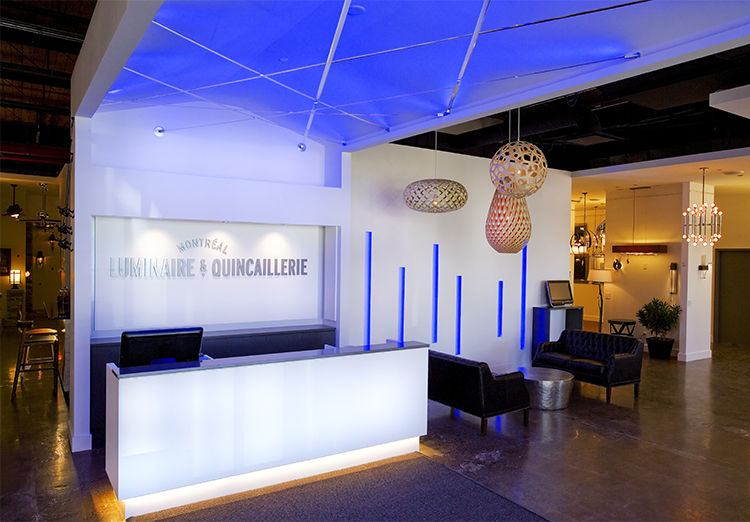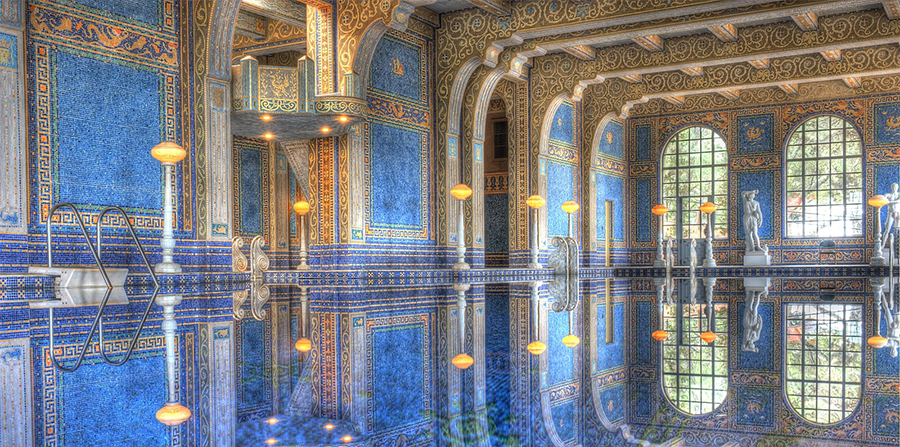Deschamps on Design: Proper Planning
more Deschamps on Design
Sign up for our monthly newsletter to stay up to date on Cineluxe
Taking the right steps at the very beginning of a home theater design will save both time & money and help ensure you get the room you want
by Maria Deschamps
December 14, 2022
Adequate planning is the key to having an exceptional home theater—and the key to adequate planning is to bring in an interior designer who specializes in home theater design from the very beginning of the project. As a designer who specializes in that area, I find I am often hired after many vital decisions have already been made. But having all the right professionals in place from the start ensures that the process will be both straightforward and cost-efficient. Proper planning also helps to create a more harmonious and pleasant working environment.
With many of my projects, the home has already been built and the theater design has been left until the end, or I have been hired during construction. About 90% of my new clients retained me because they realized the designer who was doing the rest of their home wasn’t the right person to do the theater. But often, key structural elements are already in place by the time I’m brought in, which means the client has to either accept significant compromises or make major changes to the surrounding spaces.
A designer who specializes in home theaters will have essential knowledge of these rooms that regular interior designers often do not because they’re rarely asked to do spaces like these. A home theater designer will be able to calculate the proper viewing distances so you’ll be able to maximize your screen size. They will also establish the correct angles for placing speakers to create an immersive sound experience. And they will be able to work in tandem with your custom integrator to optimize both. The important point is that things like these should be determined before beginning the interior design concept for the room.
Also consider retaining an acoustic designer, who can not only determine how to prevent sound from bleeding out of and into the room but also how to make your theater sound its best. Since the placement and incorporation of acoustical treatments can have a big impact on a theater’s design, treatments need to be decided on before I can begin to develop an effective design concept.
In two recent projects, both clients had engaged a non-specialized designer to completely renovate their basements, which included adding a home theater. In each case, I was brought in during construction, after the theater design had been finished. Not only had viewing distances, speaker placement, and acoustic treatments been ignored but insufficient space had been allowed for seating and for placing the projector. Remedying these issues meant tearing down existing walls and redesigning ceiling areas adjacent to the theater.
These kinds of drastic changes were bad enough, but colleagues have told me about situations where they had to dig out an area 6 feet deeper than the original room in order to achieve the correct ceiling height or needed to move structural columns to create the proper viewing angle. All of this could have been avoided if a home theater designer had been involved before any of the work had begun.
The money that goes into fixing avoidable mistakes could have instead gone into improving the experience of the theater by upgrading the quality of the audio and video gear, buying motorized custom leather seating with heating and massage functions, or even adding a complete bar area to the theater. When I recently bumped into a client and asked him how he liked his theater, he said, “I love it—it’s my favorite room of the house. But I wish we had built that bar you suggested.”
Engaging the right theater designer and custom integrator at the start of a project helps to ensure that everyone wins, resulting in a room that comes with a minimum of headaches and delivers the maximum of pleasure.
Maria Deschamps is a certified Interior Designer, IDC, NCIDQ, APDIQ and has been designing home theaters and media rooms since the year 2000. She also designs high-end residential, restaurant, and commercial spaces, and is a partner at TKG, the Theo Kalomirakis Group.
© 2023 Cineluxe LLC
